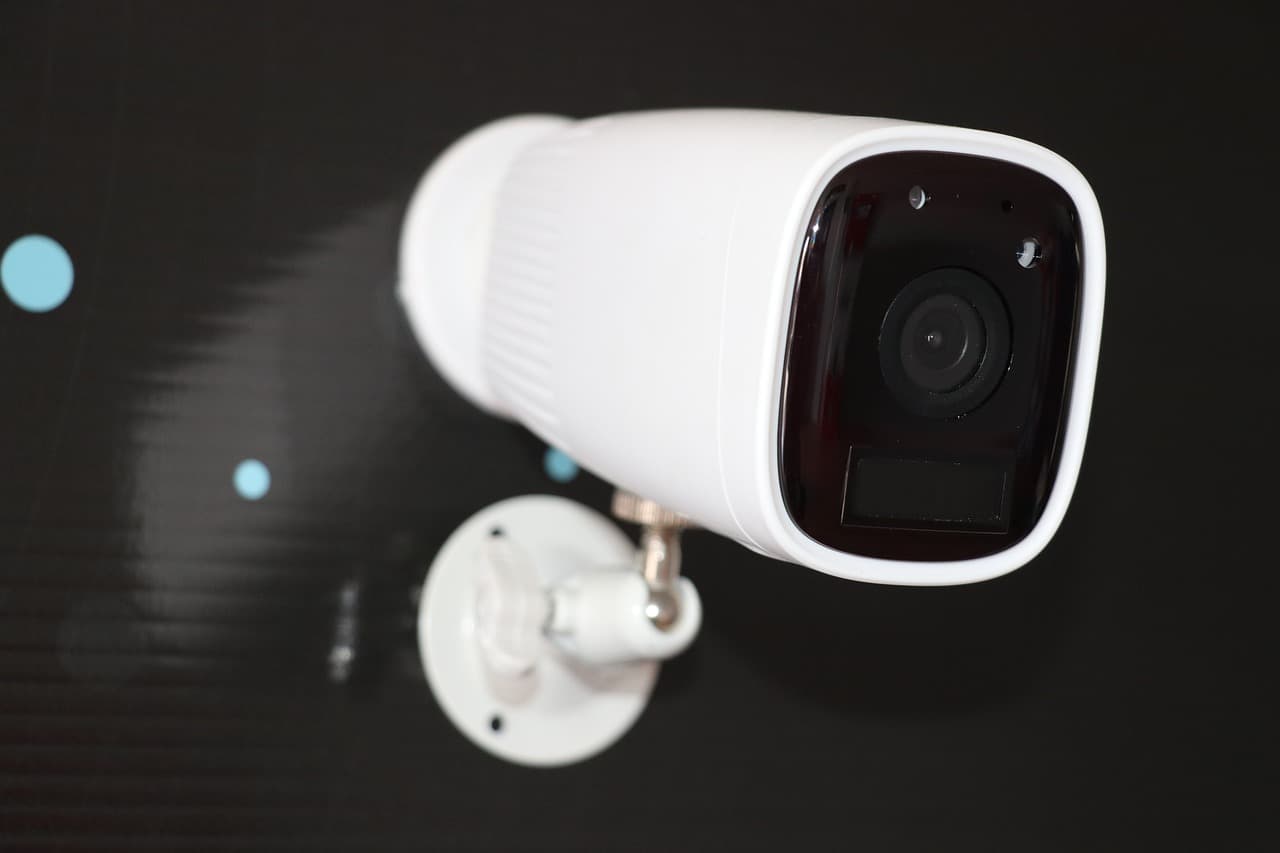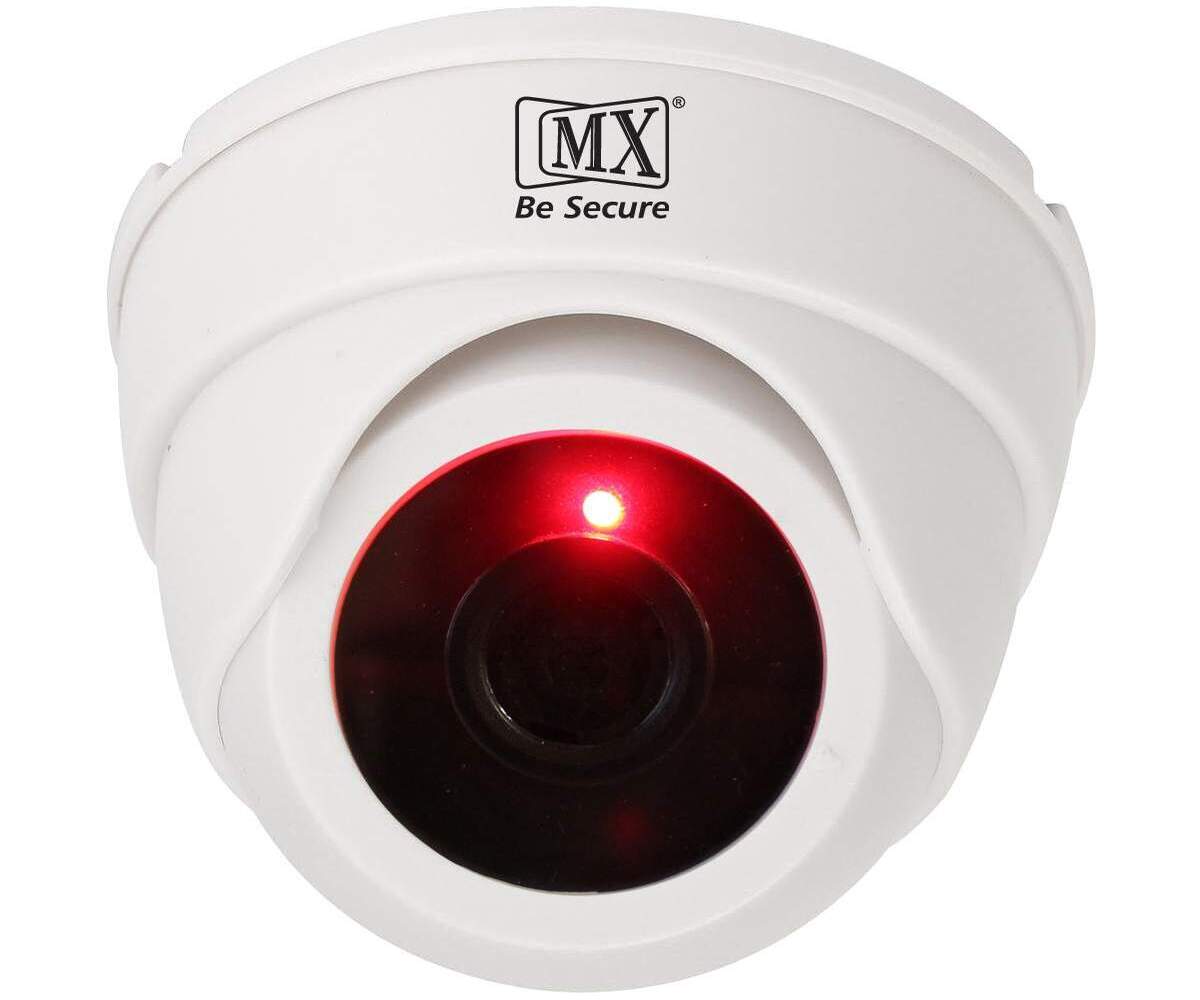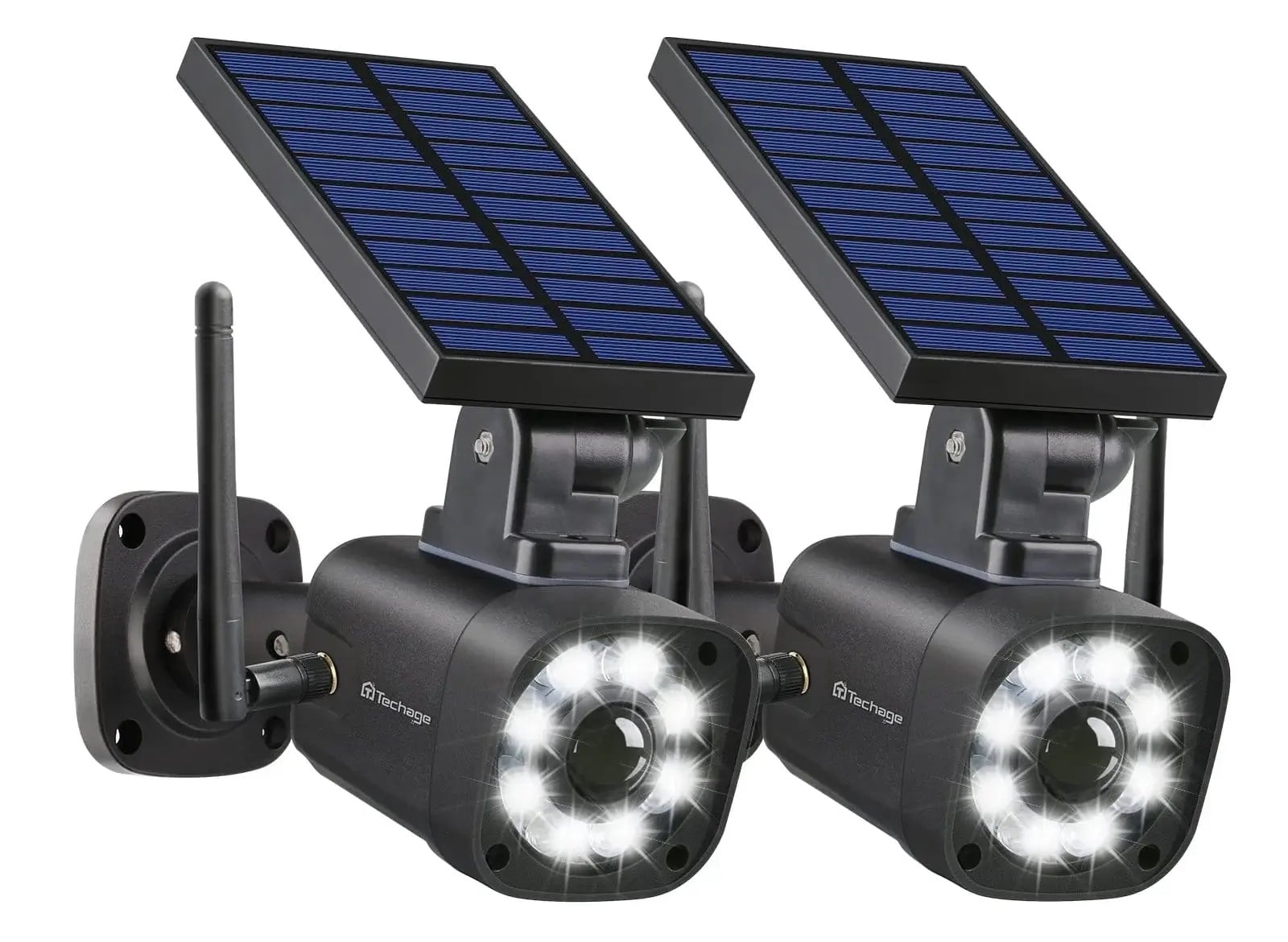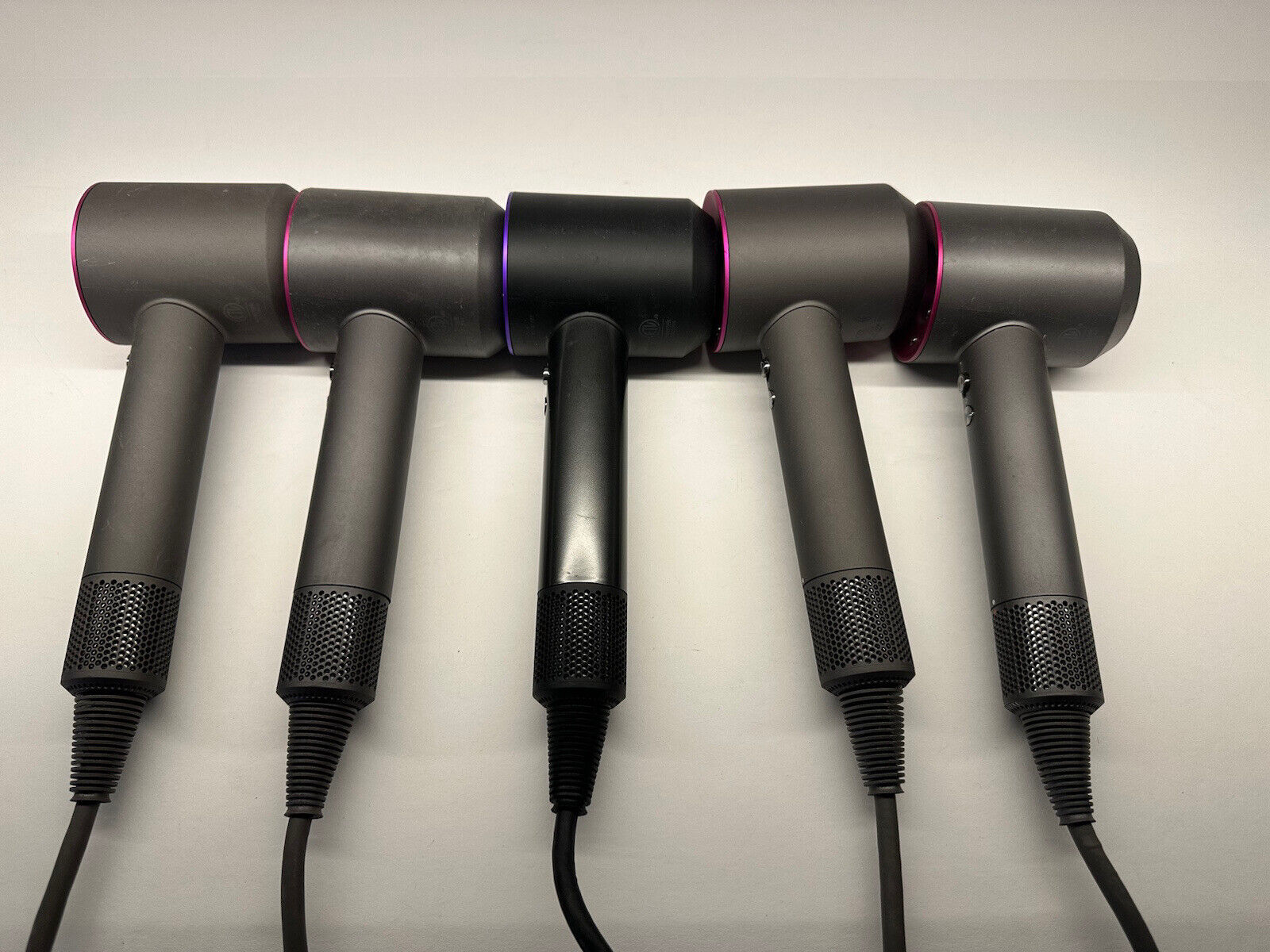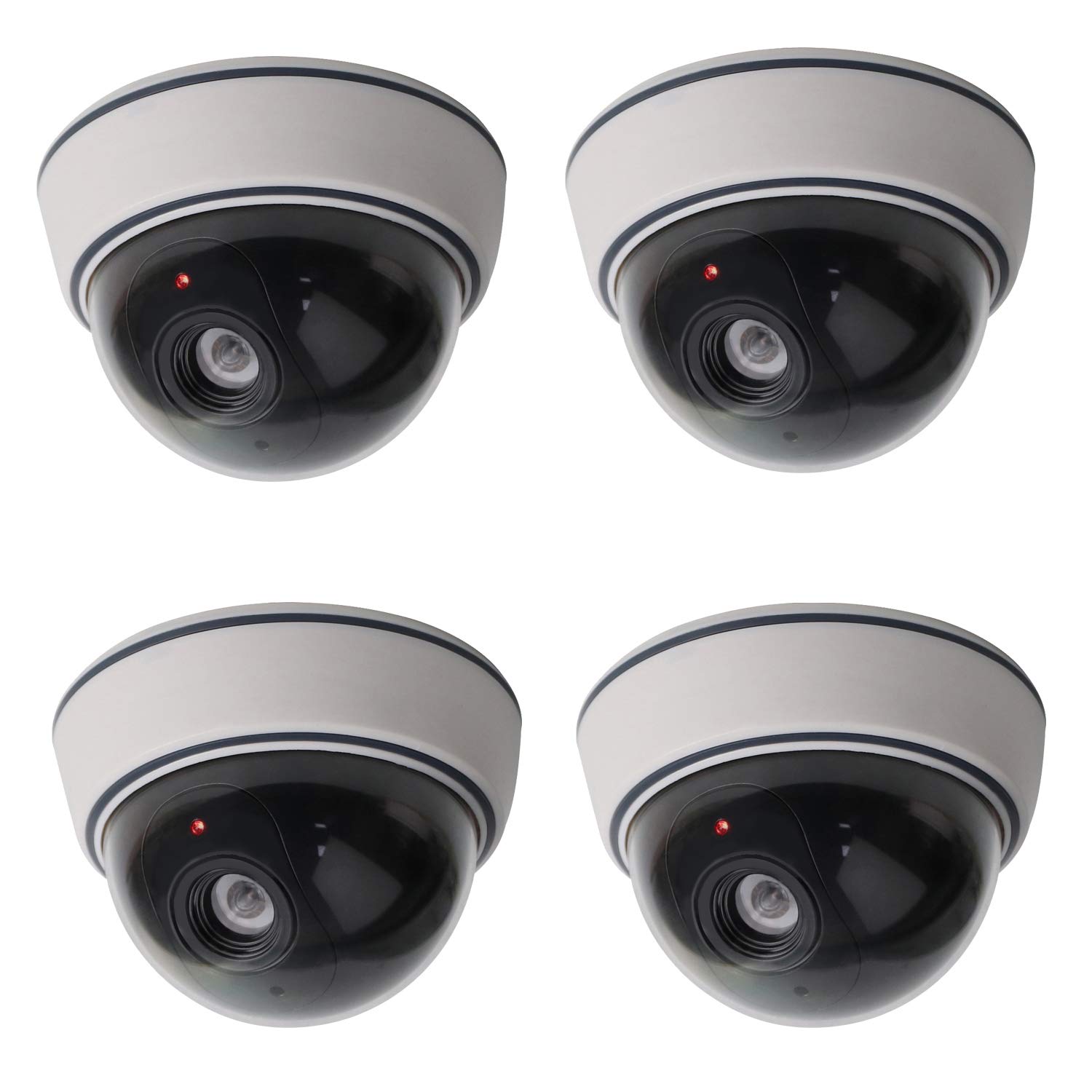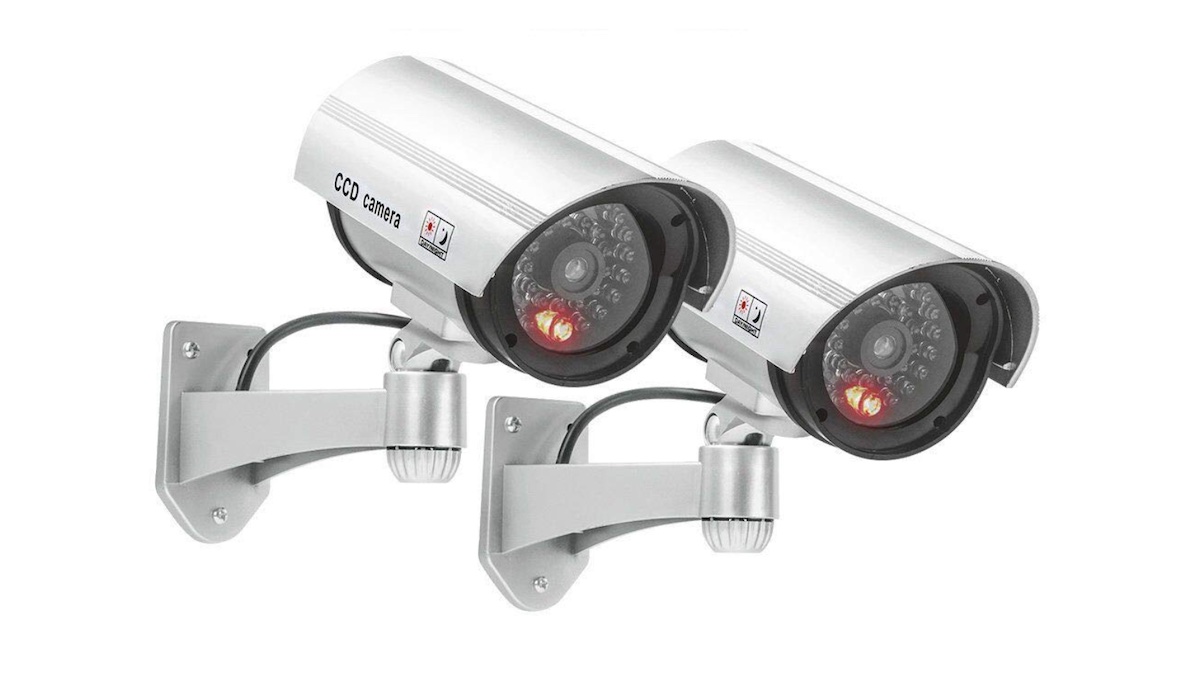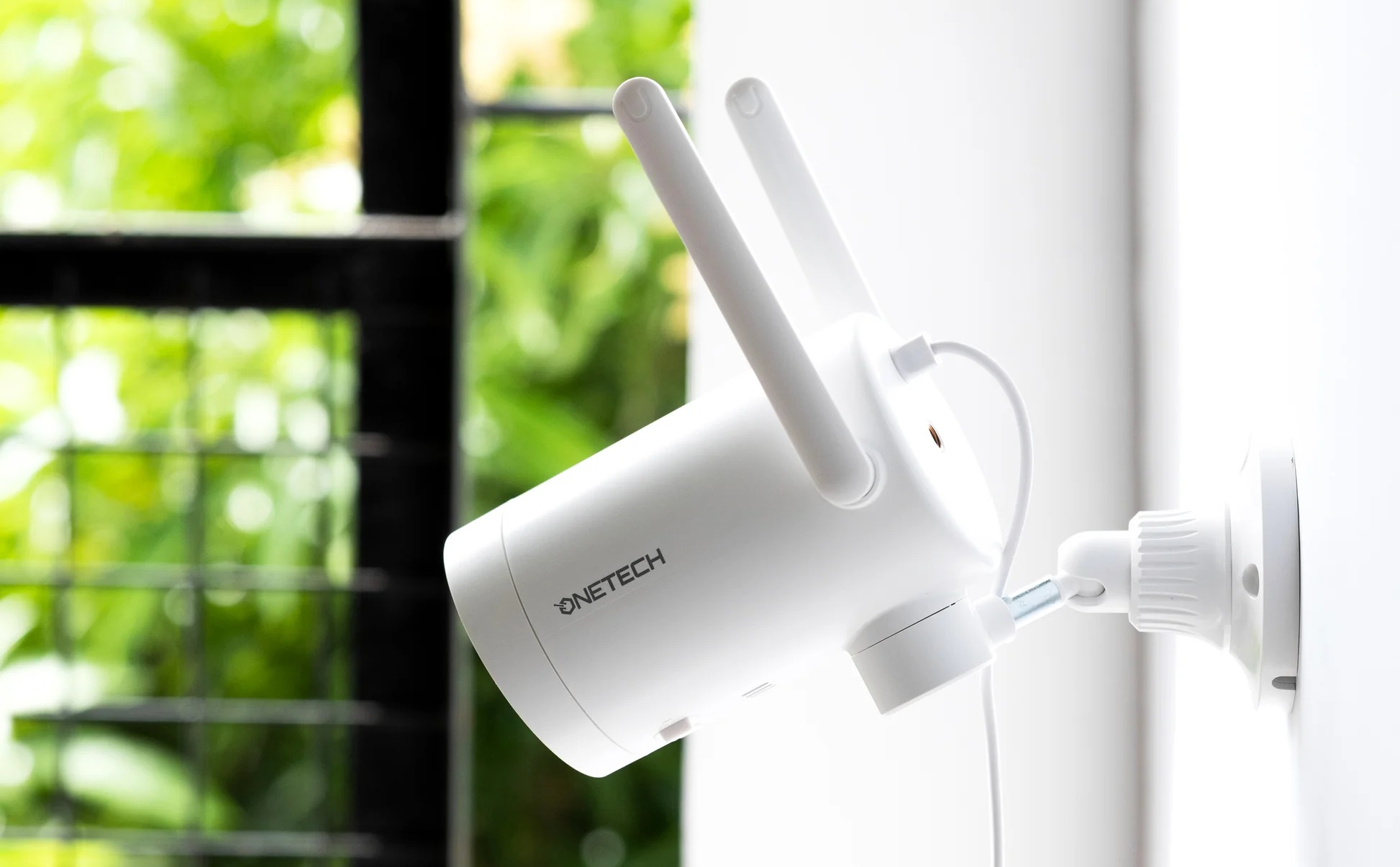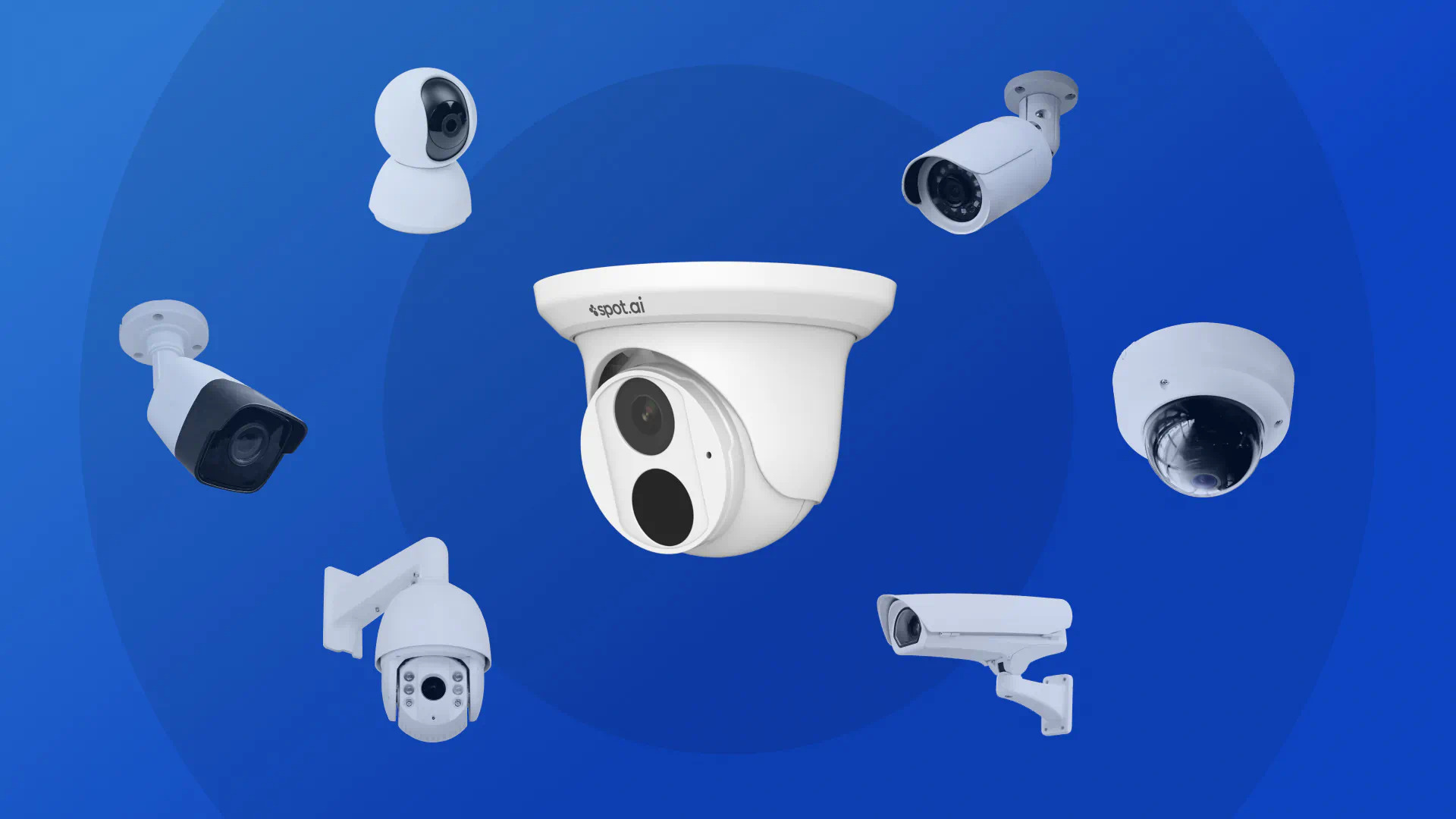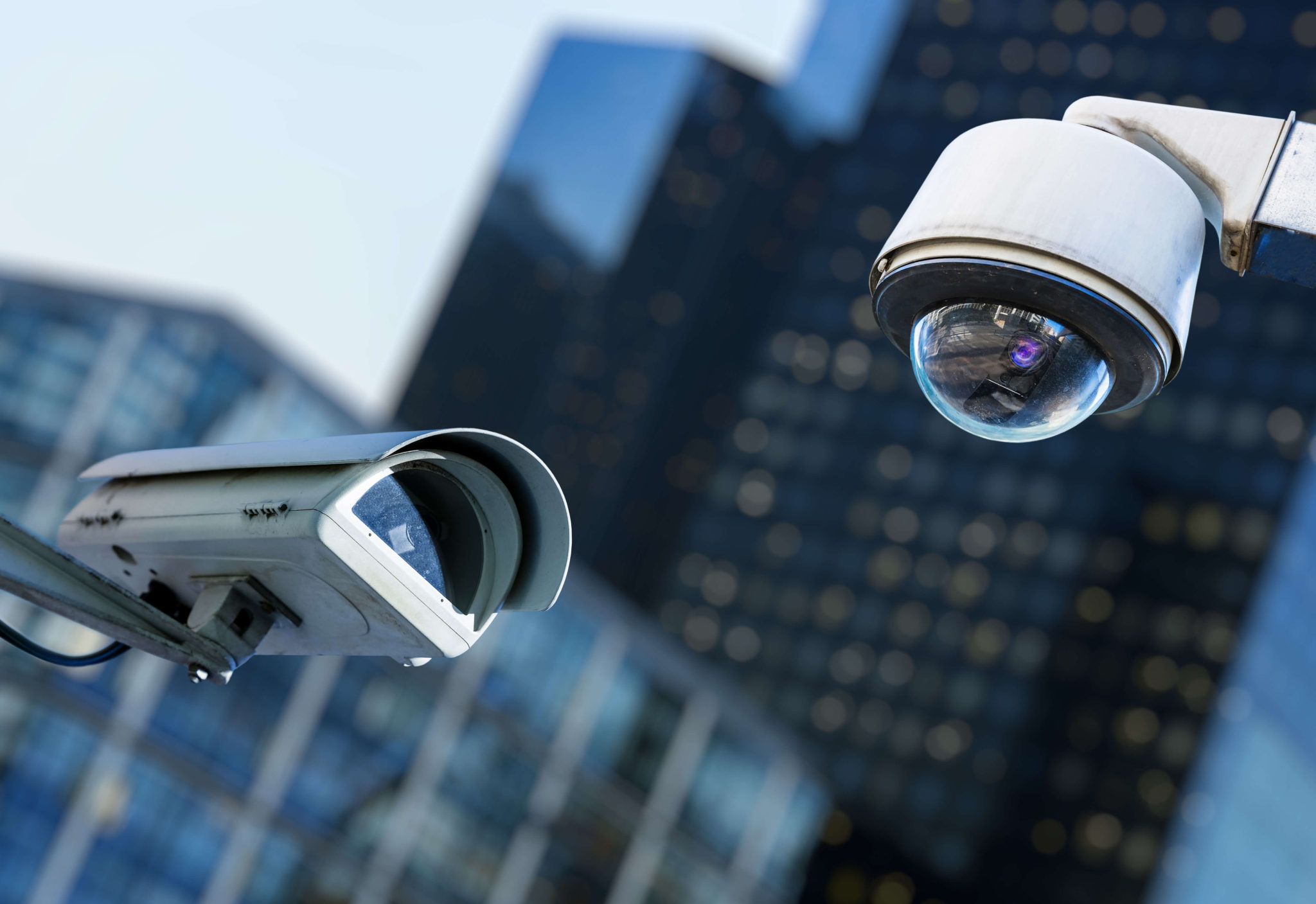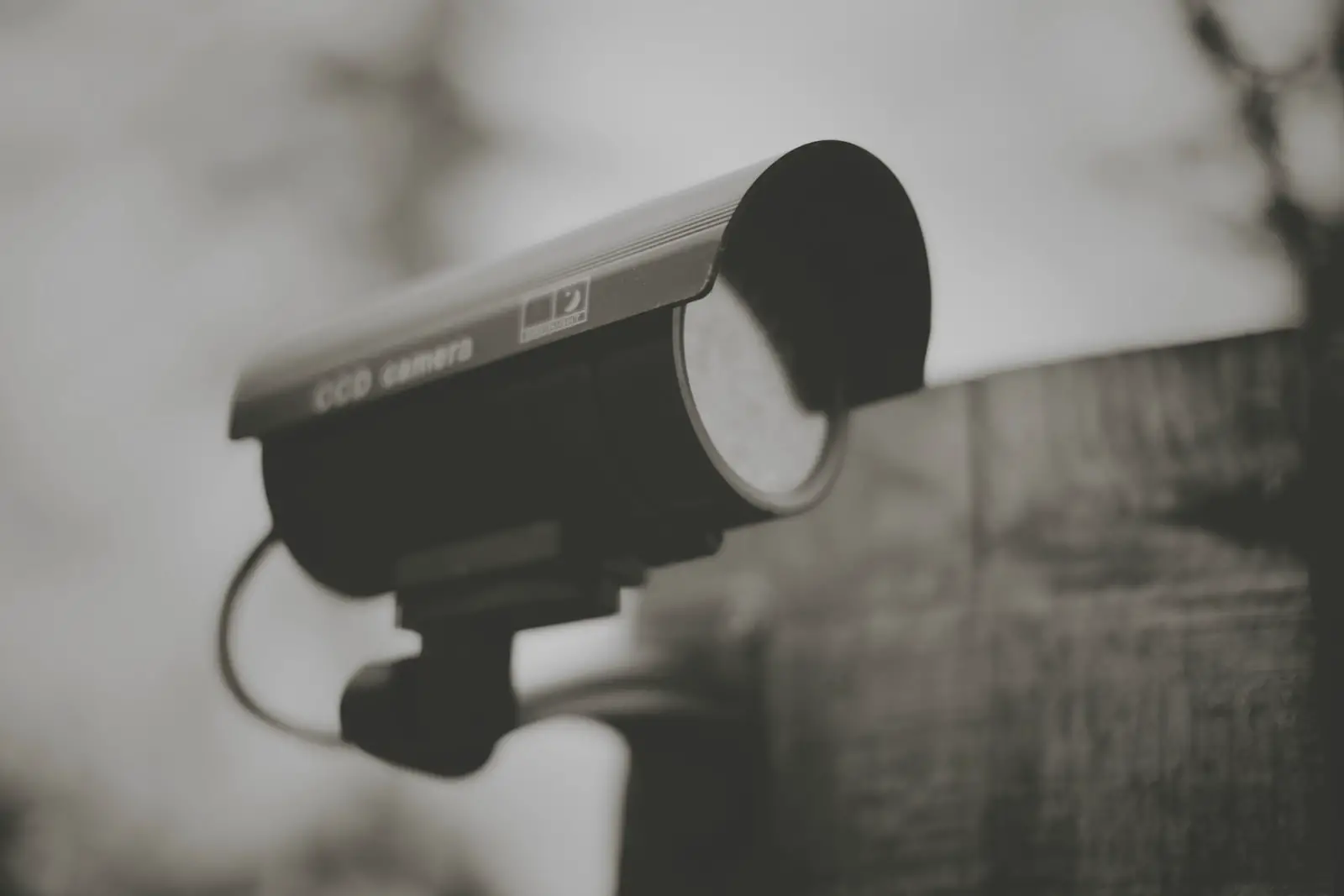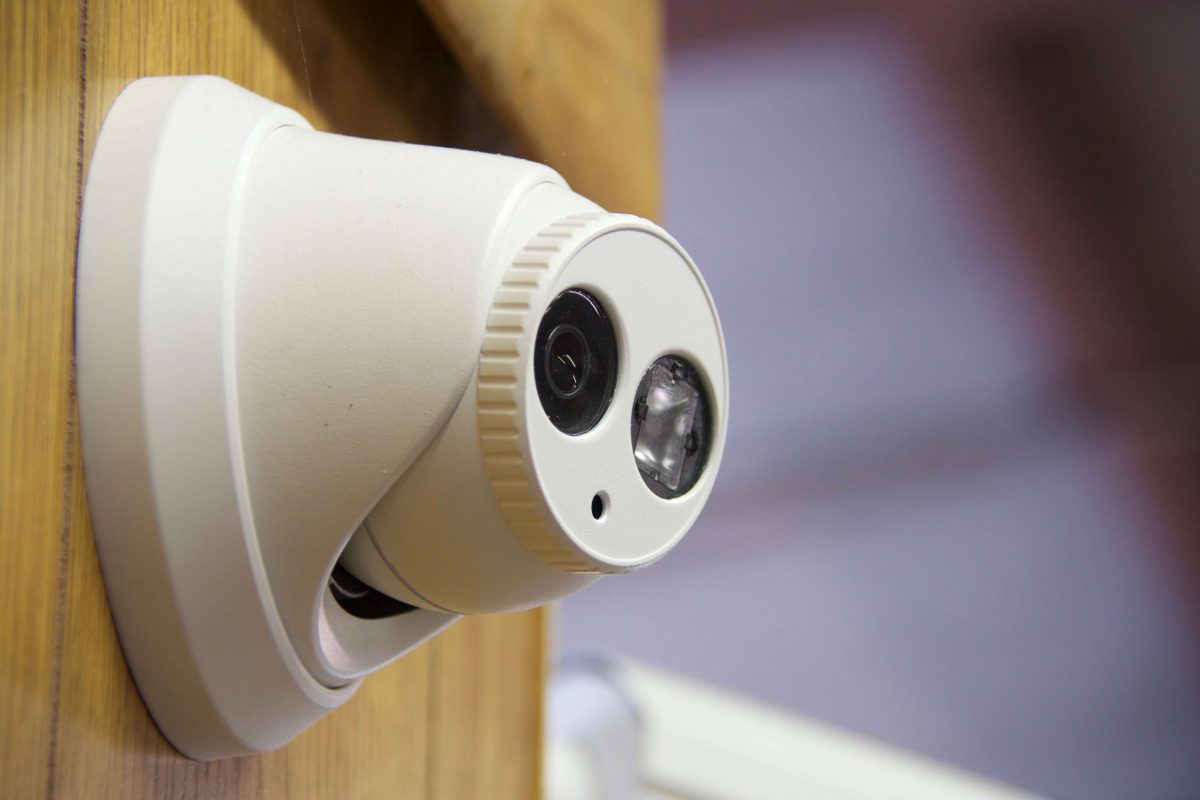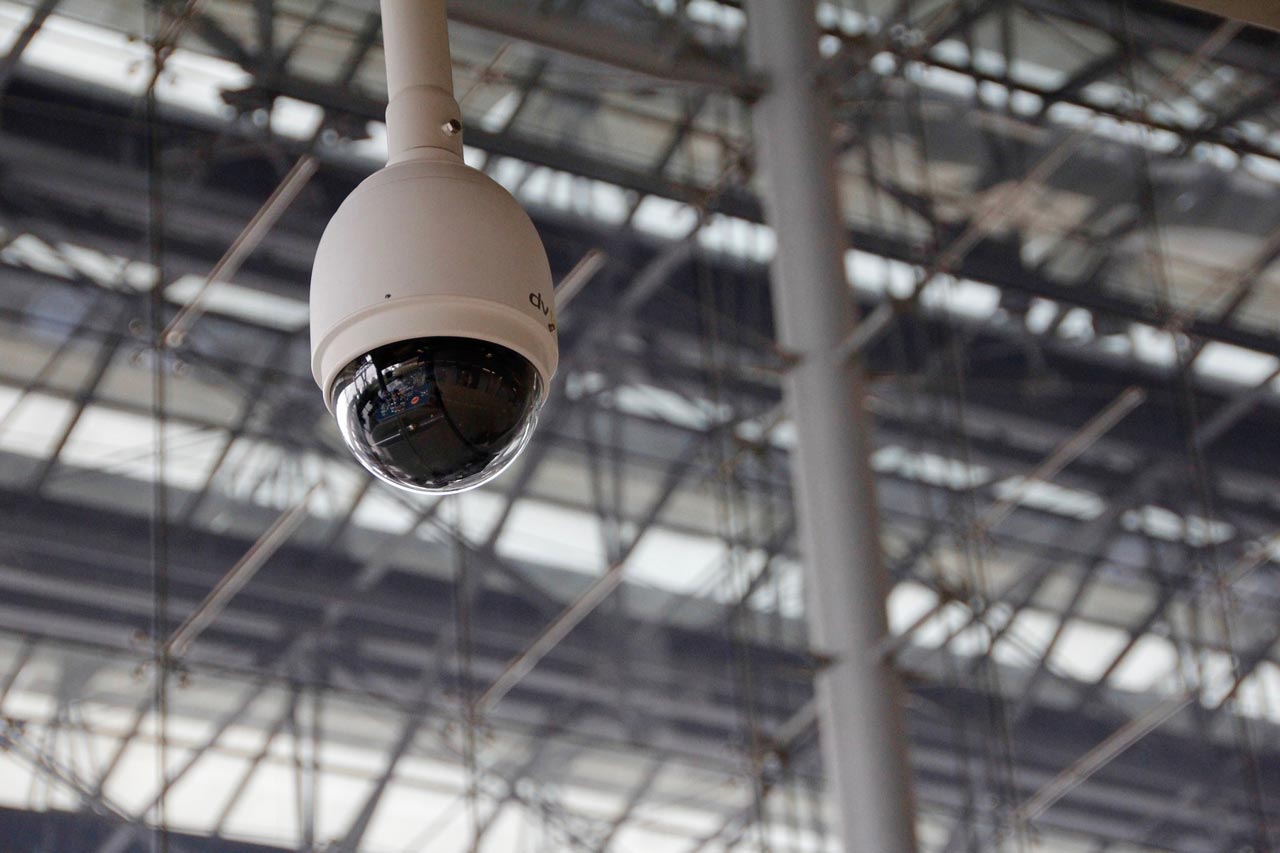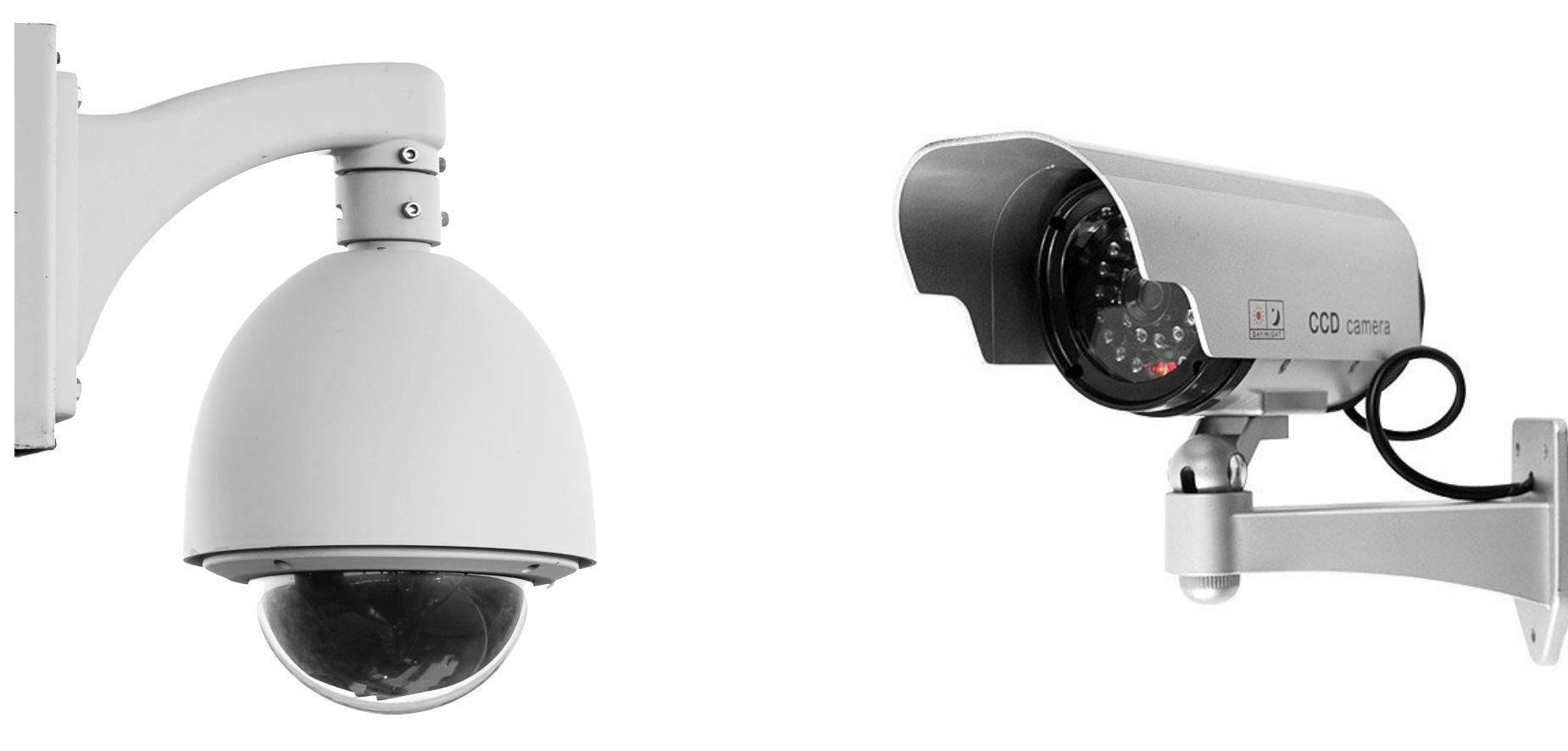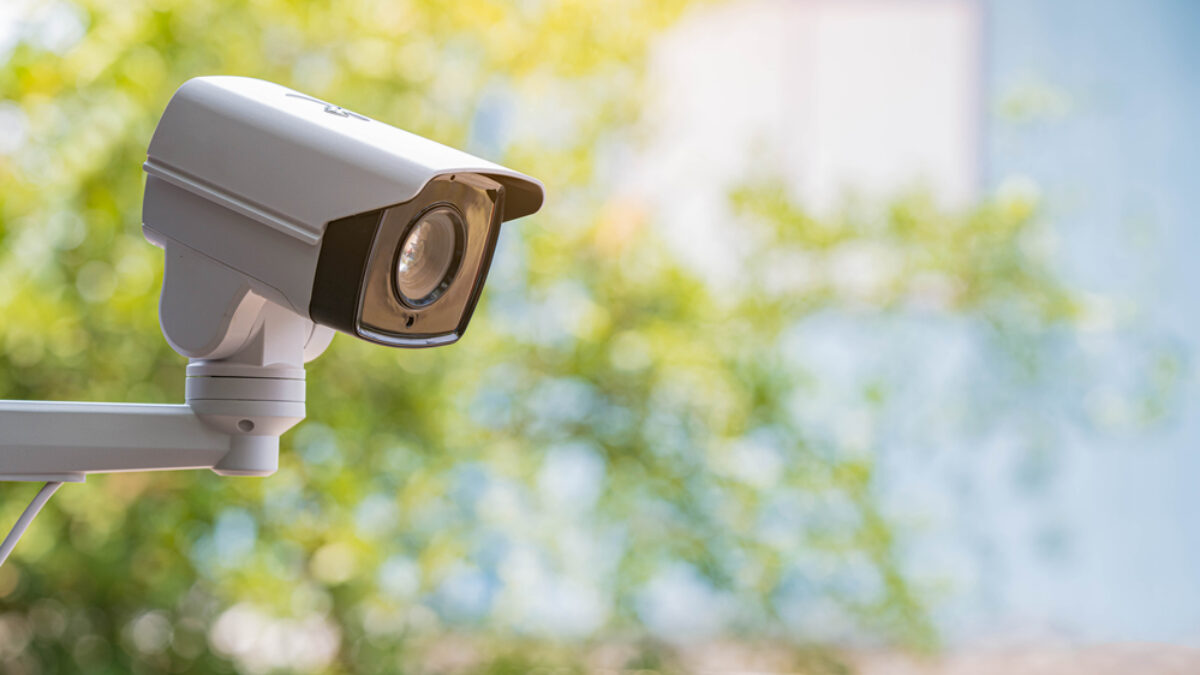Home>Home Security and Surveillance>How To Spot Fake Security Cameras
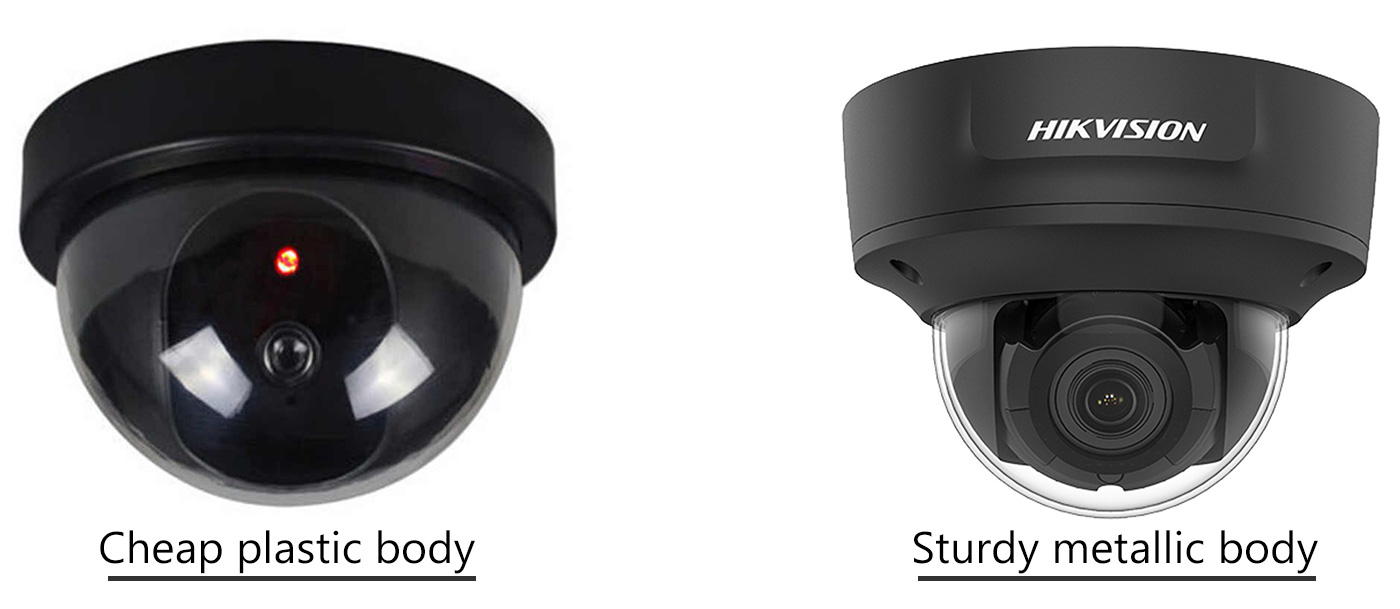

Home Security and Surveillance
How To Spot Fake Security Cameras
Modified: May 6, 2024
Learn how to easily identify fake security cameras and ensure your home security and surveillance system is effective and reliable.
(Many of the links in this article redirect to a specific reviewed product. Your purchase of these products through affiliate links helps to generate commission for Storables.com, at no extra cost. Learn more)
Introduction
When it comes to the security of our homes and businesses, the role of surveillance cameras cannot be overstated. These devices help deter criminals, provide evidence in case of incidents, and offer us peace of mind knowing that our properties are being monitored. However, with the rise in technology, there has also been an increase in fake security cameras on the market.
Fake security cameras, also known as dummy cameras or decoy cameras, are non-functional devices designed to mimic the appearance of real surveillance cameras. They serve as a cost-effective alternative to real cameras, giving the illusion of surveillance without the actual recording capabilities. While they can be a deterrent to potential criminals, it is important to be able to spot these fakes to ensure the effectiveness of your security system.
In this article, we will explore the different factors to consider when spotting fake security cameras. We will discuss the physical attributes to look for, check for functioning features, analyze the installation, and assess the presence of warning signs. By familiarizing ourselves with these techniques, we can increase our ability to differentiate between real and fake security cameras, ultimately enhancing the security of our premises.
It’s worth mentioning that while fake security cameras may serve as a deterrent to some criminals, relying solely on them can create a false sense of security. It is always advisable to have a comprehensive security system in place, including a combination of real surveillance cameras, alarms, motion sensors, and professional monitoring services.
Now, let’s dive deeper into the different factors to consider when spotting fake security cameras.
Key Takeaways:
- Don’t be fooled by fake security cameras! Look for signs like low price, poor build quality, and missing features to spot imposters and ensure your safety.
- Spotting fake security cameras is crucial for effective security. Consider price, physical attributes, functioning features, and installation to distinguish real from fake devices.
Read more: How To Tell If A Security Camera Is Fake
Understanding Fake Security Cameras
Fake security cameras are designed to mimic the appearance of real surveillance cameras while lacking the actual functionality. They are often made to resemble popular brands or models, complete with details like housing, lens, and cables, to make them appear authentic. While they may seem convincing at first glance, there are several telltale signs that can help you identify these imposters.
One of the most common ways to distinguish fake security cameras is to examine their price. Real surveillance cameras can come at a hefty price, especially if they are high-quality or have advanced features. In contrast, fake security cameras are generally much cheaper since they lack the sophisticated technology and components found in genuine cameras. If a camera is significantly cheaper than others on the market, it’s a clue that it may be a fake.
Another indicator of a fake security camera is the absence of certain features. Real security cameras are equipped with various functions such as pan, tilt, zoom, night vision, and motion detection. They may also have LED lights that indicate recording activity. Fake cameras, on the other hand, often lack these features or have non-functioning lights. Remember, these imitation cameras are designed to look real, not to actually perform as genuine surveillance devices.
Furthermore, fake security cameras are typically made from materials that are lighter and less durable than those used in real cameras. These imitation devices may feel flimsy or have visible flaws when inspected closely. Genuine cameras, on the other hand, are usually designed to withstand outdoor conditions and are constructed with sturdier materials to protect them from vandalism or tampering.
Additionally, real security cameras are equipped with cables and wirings that connect them to power sources or DVR systems for recording. These wires are essential for the functioning of the cameras. Fake cameras, however, may have cables that are incorrect or not connected to anything at all. This is a clear indication that the camera is not functioning and is likely a fake.
Now that we have a better understanding of fake security cameras, let’s explore the factors to consider when spotting them in more detail.
Factors to Consider When Spotting Fake Security Cameras
Identifying fake security cameras requires careful observation and consideration of various factors. By paying attention to these details, you can increase your chances of distinguishing between real and fake devices. Here are some important factors to consider when spotting fake security cameras:
- Price: As mentioned earlier, the price of a security camera can be an indication of its authenticity. If a camera is significantly cheaper compared to others with similar features, it may be a fake.
- Brand and Reputation: Research the brand and reputation of the camera manufacturer. Reputable brands ensure high-quality and reliable surveillance devices. Fake security cameras often imitate popular brands, so be vigilant and verify the authenticity of the product.
- Functionality: Check for features such as pan, tilt, zoom, night vision, and motion detection. Fake security cameras usually lack these capabilities or have non-functioning lights that indicate recording activity.
- Build Quality: Examine the build quality of the camera. Real surveillance cameras are made from sturdy materials to withstand outdoor conditions and potential tampering. If the camera feels flimsy or has visible imperfections, it may be a fake.
- Wiring and Connections: Genuine security cameras have proper wiring and connections to power sources or DVR systems. Check if the cables are correctly installed and connected. Fake cameras may have incorrect or unattached cables.
- Certifications and Standards: Look for certifications and compliance markings that genuine cameras typically have. These include CE, FCC, or RoHS certifications. The absence of these markings can indicate a fake camera.
- User Reviews: Read customer reviews and feedback about the camera. Genuine security cameras are likely to have a significant number of reviews, whereas fake cameras may have a scarcity of feedback or negative reviews pointing out the lack of functionality.
By considering these factors, you become better equipped to identify fake security cameras and make an informed decision about your security system.
In the next section, we will delve deeper into the physical attributes to look for when spotting fake security cameras.
Physical Attributes to Look for
Spotting fake security cameras involves examining the physical attributes of the device. While these imposters may try to replicate the appearance of real cameras, there are specific details that can help you identify their falseness. Here are some physical attributes to look for when spotting fake security cameras:
- Housing: Pay attention to the housing of the camera. Genuine security cameras often have weatherproof and durable enclosures made of metal or high-quality plastic. Fake cameras may use cheaper materials that feel flimsy and lightweight.
- Lens: Inspect the lens of the camera. Real surveillance cameras usually have high-quality lenses that produce sharp and clear images. Fake cameras may have low-quality lenses that result in blurry or distorted footage.
- LED Lights: Check for any LED lights on the camera. Real security cameras often have lights that indicate whether they are recording or in operation. Fake cameras may have non-functioning or static lights that don’t change or blink.
- Labels and Logos: Look for labels and logos on the camera body. Genuine cameras usually have branding labels or logos of the manufacturer. Pay attention to the quality and alignment of these markings, as fake cameras might have poorly printed or misaligned labels.
- Fake Cables: Examine the cables connected to the camera. Fake cameras may have cables that are not properly connected or are merely for show, without actually serving any functional purpose.
- Mounting Hardware: Assess the mounting hardware of the camera. Genuine security cameras often come with sturdy mounting brackets and hardware for secure installation. Fake cameras may use cheap or flimsy mounting hardware that compromises their stability.
By closely examining these physical attributes, you can easily spot discrepancies and inconsistencies that indicate the presence of a fake security camera.
Next, let’s explore how the functioning features of a camera can help you determine its authenticity.
Check for Functioning Features
One of the key factors to consider when spotting fake security cameras is to check for their functioning features. Real surveillance cameras come equipped with various capabilities that allow them to effectively monitor and record activities. Fake cameras, on the other hand, often lack these functionalities or have non-functioning features. Here are some important functioning features to look for when identifying fake security cameras:
- Recording Capability: Real security cameras can record video footage and capture images. They are typically connected to a recording device, such as a DVR (Digital Video Recorder) or an NVR (Network Video Recorder). Fake cameras, however, lack the ability to record video and are merely for show.
- Night Vision: Many genuine security cameras have night vision capabilities, allowing them to capture clear images even in low-light or dark conditions. Check if the camera has infrared (IR) LEDs or other night vision technology. Fake cameras may lack these features or have non-functioning night vision capabilities.
- Motion Detection: Motion detection is a crucial feature of security cameras that helps minimize unnecessary recordings and alerts. Genuine cameras can detect motion and trigger recording or notifications. Fake cameras often do not have motion detection capabilities or lack the sensors to detect movement.
- Remote Viewing: Real security cameras often provide the option for remote viewing, allowing you to monitor the camera’s feed from a smartphone, computer, or tablet. By using an app or software, you can access the camera’s live feed and recorded footage remotely. Fake cameras usually do not offer this feature.
- Mobile Alerts: Some genuine security cameras support mobile alerts, sending notifications to your smartphone or device when motion is detected or specific events occur. Fake cameras generally do not have the ability to send alerts.
- Two-Way Audio: Certain security cameras feature two-way audio, allowing you to communicate with individuals at the camera’s location. This feature is often used for home monitoring or intercom purposes. Fake cameras typically lack this functionality.
By checking for these functioning features, you can determine whether a security camera is genuine or fake. Keep in mind that while fake cameras may look convincing, they lack the essential capabilities that genuine cameras offer to ensure effective surveillance and security.
Next, let’s analyze the installation of the camera to further aid in identifying fake security cameras.
Look for a brand name or model number on the camera. Real security cameras will have this information, while fake ones may not.
Read also: 13 Best Fake Security Cameras For 2024
Analyzing the Installation
When it comes to spotting fake security cameras, analyzing their installation can provide valuable insights. The way a camera is installed can reveal important clues about its authenticity. Here are some aspects to consider when analyzing the installation of a security camera:
- Placement: Take note of the camera’s placement. Genuine security cameras are strategically positioned to cover areas of interest and maximize surveillance effectiveness. Fake cameras may be placed haphazardly or in locations that don’t make sense for surveillance purposes.
- Angle: Observe the angle at which the camera is mounted. Real surveillance cameras are usually positioned in a way that allows for a clear view of the area they are meant to monitor. Fake cameras may be poorly aligned or set at odd angles.
- Power Source: Determine how the camera is powered. Genuine cameras are typically connected to a power source, either through direct wiring or the use of power adapters. Fake cameras may not have any power source or have fake cables that are only for show.
- Visible Wires: Look for visible wires coming from the camera. Genuine security cameras require wiring for power and data transmission. Fake cameras may have improperly connected or unattached wires. In some cases, fake cameras may not have any visible wires at all.
- Mounting Stability: Assess the stability of the camera’s mounting. Genuine security cameras are securely installed with proper mounting brackets and hardware to prevent them from being easily tampered with or dislodged. Fake cameras may have flimsy or poorly secured mounts.
- Authentic Accessories: Take note of any additional accessories or signage accompanying the camera. Genuine cameras often come with branded signage, warning stickers, or logos to indicate their authenticity. Fake cameras may not have these accessories, or the accessories may contain misspellings or inconsistent branding.
By analyzing the installation of a security camera, you can gather valuable clues about its authenticity. Genuine cameras are typically installed with proper planning, consideration of surveillance angles, and secure mounting, while fake cameras may exhibit inconsistencies in these aspects.
In the next section, we will discuss the presence of warning signs that can help you identify fake security cameras.
Assessing the Presence of Warning Signs
When attempting to spot fake security cameras, it’s important to be aware of warning signs that can indicate their falseness. These warning signs can help you differentiate between genuine and fake devices. Here are some common indicators to consider when assessing the presence of warning signs:
- Missing Logos or Branding: Genuine security cameras often display logos or branding of the manufacturer. If you notice a camera without any branding or labels, or if the labels are poorly printed or misspelled, it may be a fake.
- Inconsistent or Poor Quality Labeling: Pay attention to the quality and consistency of labeling on the camera. Genuine cameras typically have clear and well-printed labels, while fake cameras may exhibit blurred or inconsistent labeling, suggesting a lack of attention to detail.
- Non-Standard Colors or Designs: Consider the colors and design of the camera. Genuine security cameras usually come in standard colors such as white, black, or silver. Fake cameras may have unusual or flashy colors that are not commonly seen in the industry.
- No Model or Serial Numbers: Genuine security cameras are typically assigned model numbers or serial numbers for identification purposes. If a camera lacks these identifiers or if they are illegible or look forged, it may be a sign of a fake.
- Lack of Documentation: Genuine security cameras are typically accompanied by documentation such as user manuals, warranties, and installation guides. If a camera is missing these documents or if the documents appear to be low-quality or generic, it may be a fake.
- Unsecured or Unofficial Websites: Research the brand and manufacturer of the security camera. Genuine cameras are usually associated with secure and official websites with detailed product information and customer support. If the camera is linked to an unsecured or unprofessional website, it could be a red flag.
- Unusual Deals or Offers: Beware of cameras that are offered at extremely low prices or come as part of suspicious deals. Genuine security cameras are typically sold through reputable retailers or authorized dealers. If a deal seems too good to be true, it may be a sign of a fake device.
Keep in mind that these warning signs are not definitive proof of a fake security camera. It’s essential to consider multiple factors and use your judgment when assessing whether a camera is genuine or not.
In the next section, we will explore additional techniques that can help you spot fake security cameras.
Additional Techniques to Spot Fake Security Cameras
In addition to considering factors such as price, physical attributes, functioning features, installation, and warning signs, there are several other techniques you can employ to spot fake security cameras. By utilizing these methods, you can further enhance your ability to distinguish between genuine and fake devices. Here are some additional techniques to consider:
- Research the Product: Conduct thorough research on the model or brand of the security camera you are considering. Read reviews, check specifications, and compare with other reputable cameras on the market. This can help you identify any inconsistencies or discrepancies that may indicate a fake device.
- Consult an Expert: If you are unsure about the authenticity of a security camera, consider consulting with a security professional or an expert in the field. They have the knowledge and experience to identify fake devices and can provide you with guidance and advice.
- Compare with Known Genuine Cameras: If you have access to a known genuine security camera, compare it side by side with the camera in question. Look for any noticeable differences in design, features, or quality that may indicate a fake.
- Use a Magnet: Real security cameras are typically made of metal or have metal components. Use a magnet to test the material of the camera. If the magnet does not stick firmly to the camera or if it slides off easily, it may be an indication of a fake device made of plastic or low-quality materials.
- Seek Professional Assistance: If you suspect that a security camera is fake, you can seek assistance from a professional security company or an authorized dealer. They can help you verify the authenticity of the camera and provide you with genuine alternatives if needed.
- Trust your Instincts: Use your intuition when assessing the authenticity of a security camera. If something feels off or if the camera raises doubts in your mind, it’s worth investigating further or seeking a second opinion.
By employing these additional techniques, you can further refine your ability to spot fake security cameras and make informed decisions about your security system.
Next, let’s conclude our discussion on spotting fake security cameras.
Conclusion
Spotting fake security cameras is a crucial skill in ensuring the effectiveness and reliability of your security system. By considering various factors such as price, physical attributes, functioning features, installation, and warning signs, you can increase your ability to differentiate between genuine and fake devices.
Examining the price and brand reputation can provide valuable insights into the authenticity of a security camera. Paying attention to physical attributes like housing, lens quality, LED lights, and labels can reveal inconsistencies and indications of a fake camera. Assessing the presence of functioning features such as recording capability, night vision, motion detection, and remote viewing further aids in identifying real surveillance cameras.
Analyzing the installation and checking for proper placement, stable mounting, and secure wiring can provide additional clues about the authenticity of a camera. Assessing the presence of warning signs such as missing logos or branding, poor quality labeling, and lack of documentation can further help in identifying fake devices.
By utilizing additional techniques like conducting research, consulting experts, comparing with known genuine cameras, using a magnet, seeking professional assistance, and trusting your instincts, you can enhance your ability to spot fake security cameras.
Remember, while fake security cameras may serve as a deterrent to some criminals, they lack the essential features and reliability of genuine surveillance devices. It’s always recommended to invest in a comprehensive security system that includes genuine security cameras, along with other measures such as alarms, motion sensors, and professional monitoring services.
By being vigilant and using the techniques discussed in this article, you can confidently distinguish between real and fake security cameras, ensuring the safety and security of your home or business.
Now that you've learned how to spot fake security cameras, consider diving deeper into the realm of overall home protection. Our next article focuses on the essentials of safeguarding your living space. You'll find compelling reasons why robust security measures go beyond mere surveillance, creating a safe haven for you and your loved ones. Don't miss out on understanding all aspects of home security, which significantly contributes to peace of mind and safety.
Frequently Asked Questions about How To Spot Fake Security Cameras
Was this page helpful?
At Storables.com, we guarantee accurate and reliable information. Our content, validated by Expert Board Contributors, is crafted following stringent Editorial Policies. We're committed to providing you with well-researched, expert-backed insights for all your informational needs.
